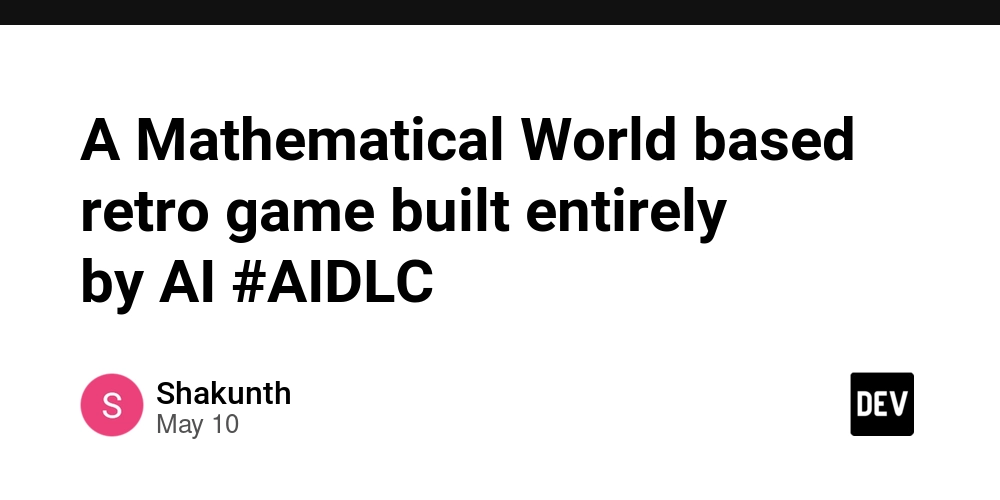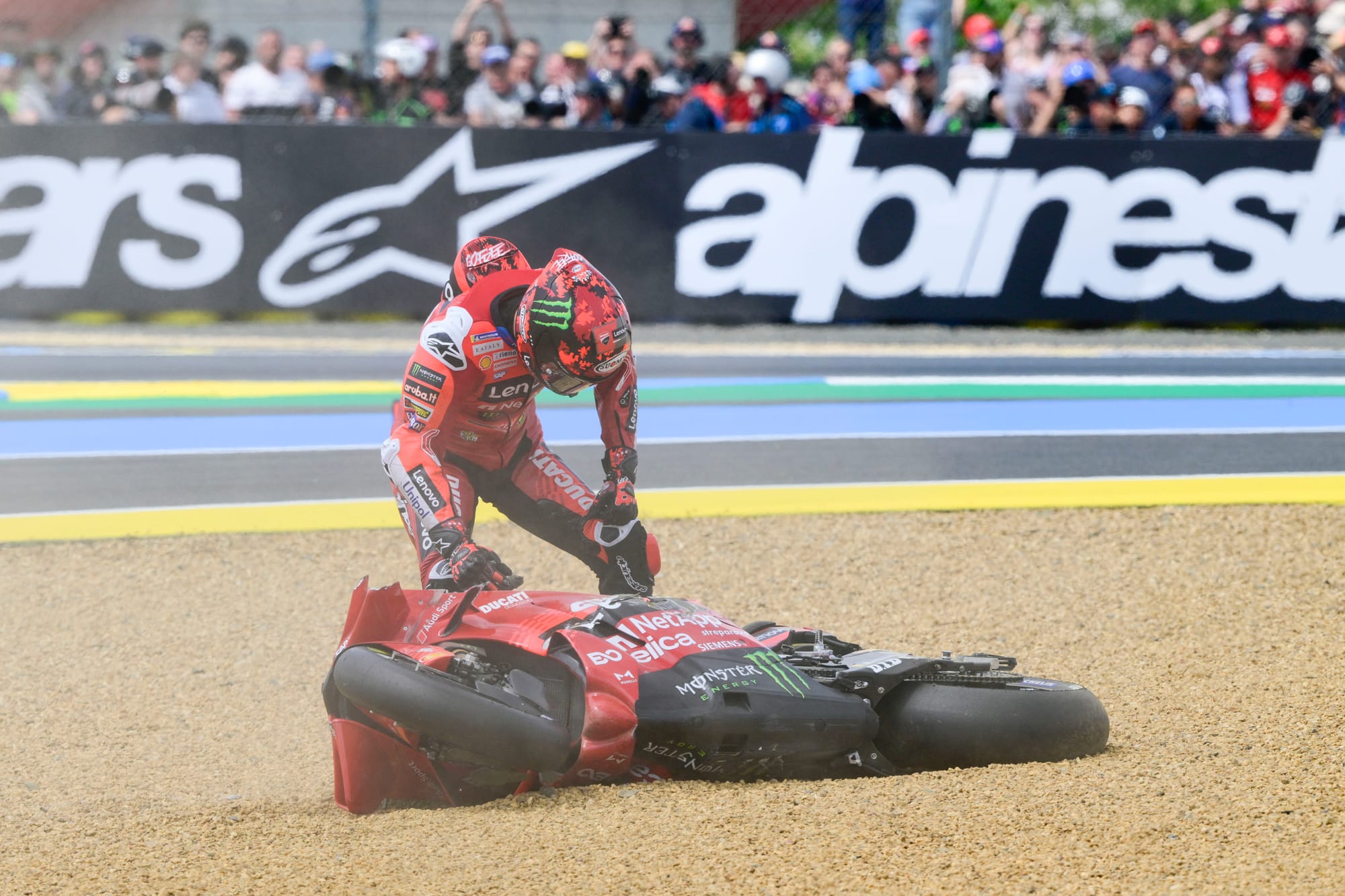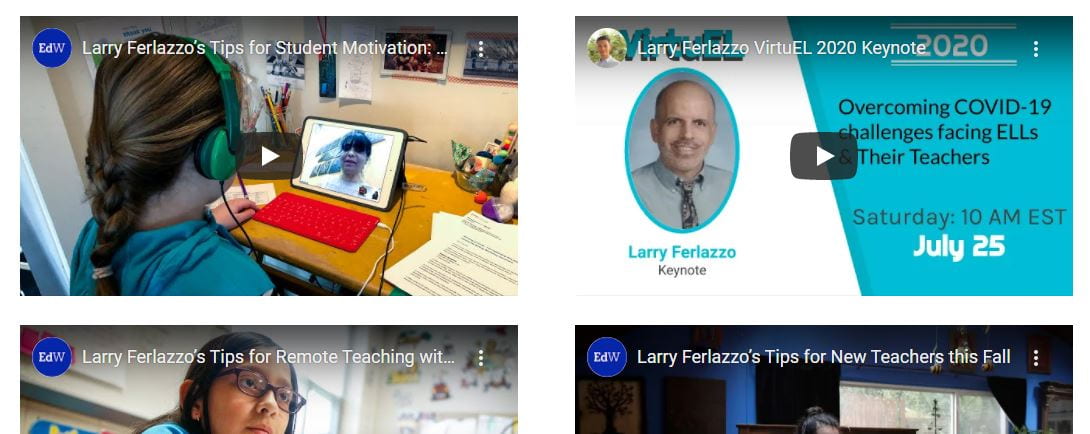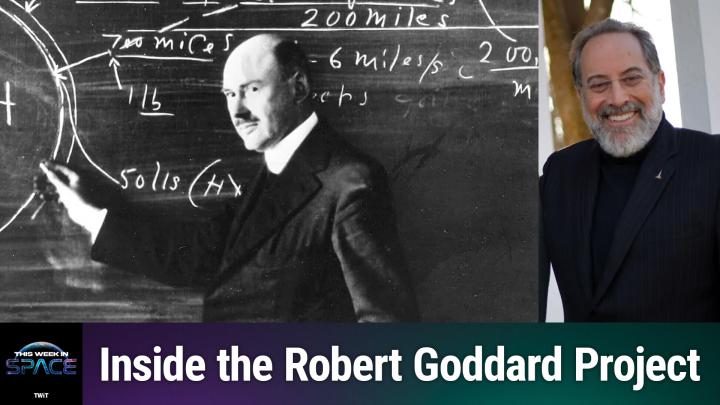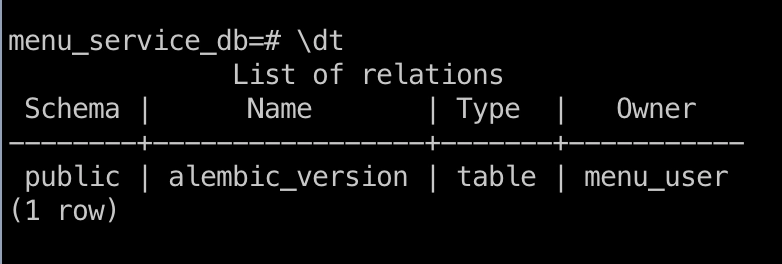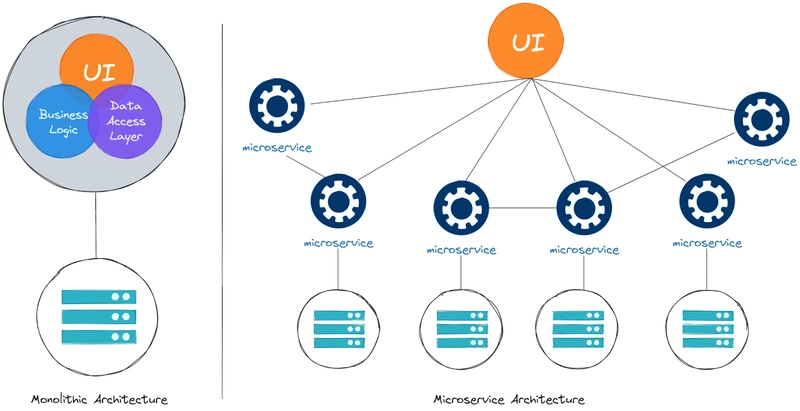What Is Vibe Coding and How Will It Change the Developer's Role?
Imagine, instead of typing lines of code from scratch, writing the software with your needs in whatever natural language and then seeing that fulfilled magically by a powerful AI into fully functional applications. This is essentially vibe coding-a new way of programming software through human intuition, conversation, and collaboration between a human developer and an intelligent assistant. But what really is vibe coding?Where did vibe coding come from? And finally, how does that add up to what it sounds like for the future of developers? Let's jump right into this most generative shift in software development and see how it works, what tools are involved, and the taking of the world for coding ahead. What is Vibe Coding? Vibe coding is next-gen software development, having developers describe intuitively or even in high-level guidance natural language prompts to AI systems that create and manage most of the actual code. Simply put, you say what you want in a couple of sentences or even just ideas, and AI interprets your “vibe” to generate working code. Imagine it this way: traditional coding builds a house brick by brick. Vibe coding says, "I want a cozy, modern house with two bedrooms and lots of sunshine," and the smart assistant makes blueprints, gets the materials, and builds it with little user intervention. Historical Background: The Evolution of Vibe Coding An understanding of vibe coding depends on investigating how the advent of AI is changing the face of software development. From the early 2000s to the 2010s: developers had been fiddling with automated code generation through frameworks and IDEs with code snippets, auto-completion, and templating. Although helpful, these were still the classical rule-based approaches-they were rather stiff. From 2020 to 2023: AI tools like GitHub Copilot, ChatGPT, and Tabnine were game changers. They could comprehend natural language and generate complete functions, components, and scripts. Development started to become a matter of "prompting" rather than just typing in the code. From 2024 to 2025: The combined arrival of multi-modal AI, real-time collaborative tools, and domain-specific LLMs heralded the arrival of vibe coding, where developers set the high-level targets under which the AI will do the grunt work. Vibe coding is not merely automation; it is a strong and fluid dialogue between human and machine. How Vibe Coding Works Let’s break down the typical vibe coding workflow: Set the Vibe: You describe your project vision or feature goal in natural language. AI Translates It: The assistant interprets your prompt, referencing docs, libraries, and best practices. Code is Generated: Full components, APIs, and UI elements are built instantly. You Review and Iterate: You test, give feedback, and make adjustments using both code and plain English. Launch Faster: With boilerplate, logic, and edge cases handled, you focus on refining and deploying. Comparison Table: Vibe Coding vs. Traditional Coding Read more...

Imagine, instead of typing lines of code from scratch, writing the software with your needs in whatever natural language and then seeing that fulfilled magically by a powerful AI into fully functional applications. This is essentially vibe coding-a new way of programming software through human intuition, conversation, and collaboration between a human developer and an intelligent assistant.
But what really is vibe coding?Where did vibe coding come from? And finally, how does that add up to what it sounds like for the future of developers?
Let's jump right into this most generative shift in software development and see how it works, what tools are involved, and the taking of the world for coding ahead.
What is Vibe Coding?
Vibe coding is next-gen software development, having developers describe intuitively or even in high-level guidance natural language prompts to AI systems that create and manage most of the actual code.
Simply put, you say what you want in a couple of sentences or even just ideas, and AI interprets your “vibe” to generate working code.
Imagine it this way: traditional coding builds a house brick by brick. Vibe coding says, "I want a cozy, modern house with two bedrooms and lots of sunshine," and the smart assistant makes blueprints, gets the materials, and builds it with little user intervention.
Historical Background: The Evolution of Vibe Coding
An understanding of vibe coding depends on investigating how the advent of AI is changing the face of software development.
From the early 2000s to the 2010s: developers had been fiddling with automated code generation through frameworks and IDEs with code snippets, auto-completion, and templating. Although helpful, these were still the classical rule-based approaches-they were rather stiff.
From 2020 to 2023: AI tools like GitHub Copilot, ChatGPT, and Tabnine were game changers. They could comprehend natural language and generate complete functions, components, and scripts. Development started to become a matter of "prompting" rather than just typing in the code.
From 2024 to 2025: The combined arrival of multi-modal AI, real-time collaborative tools, and domain-specific LLMs heralded the arrival of vibe coding, where developers set the high-level targets under which the AI will do the grunt work.
Vibe coding is not merely automation; it is a strong and fluid dialogue between human and machine.
How Vibe Coding Works
Let’s break down the typical vibe coding workflow:
Set the Vibe: You describe your project vision or feature goal in natural language.
AI Translates It: The assistant interprets your prompt, referencing docs, libraries, and best practices.
Code is Generated: Full components, APIs, and UI elements are built instantly.
You Review and Iterate: You test, give feedback, and make adjustments using both code and plain English.
Launch Faster: With boilerplate, logic, and edge cases handled, you focus on refining and deploying.
Comparison Table: Vibe Coding vs. Traditional Coding
Read more...














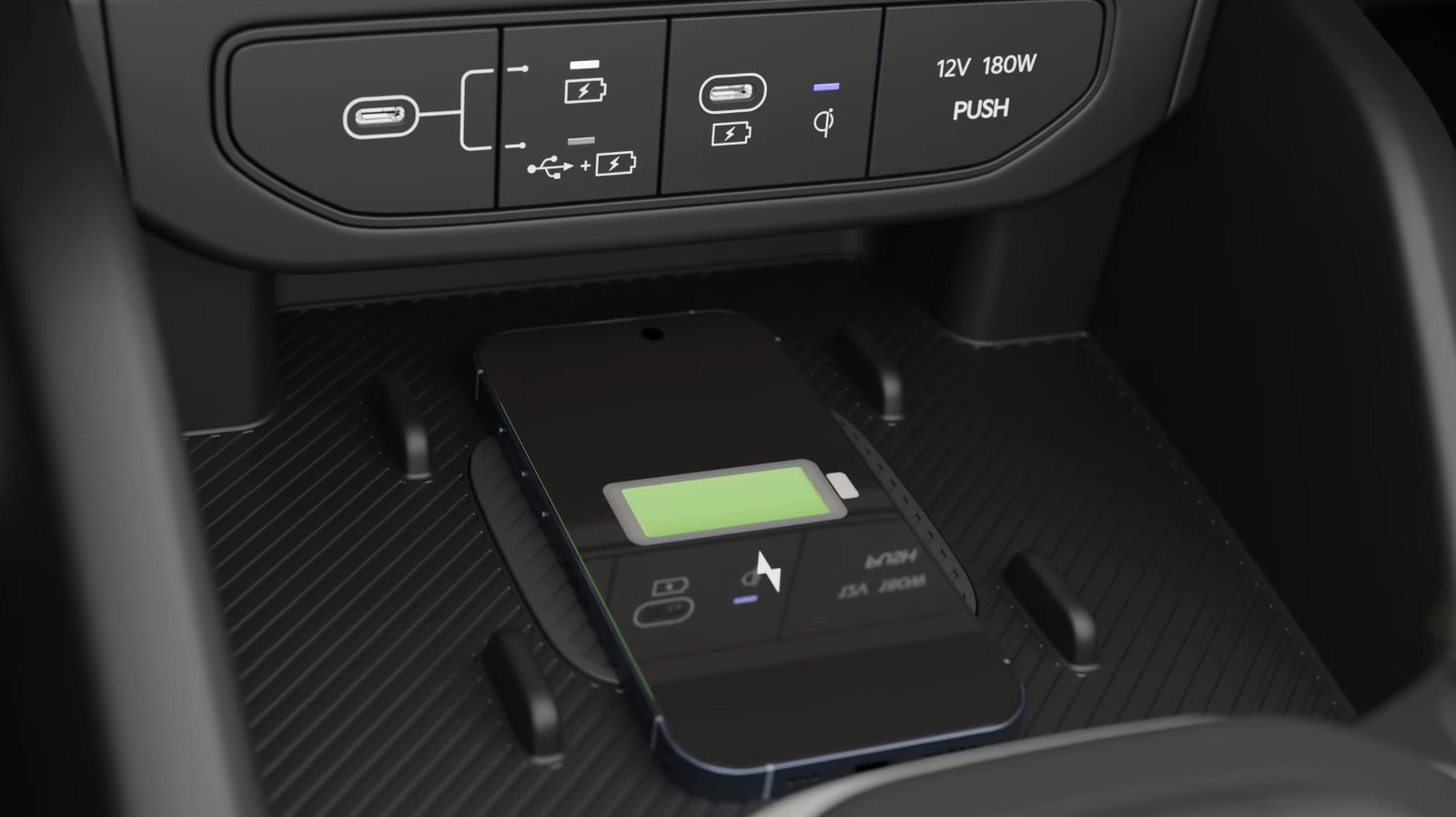




![[FREE EBOOKS] Offensive Security Using Python, Learn Computer Forensics — 2nd edition & Four More Best Selling Titles](https://www.javacodegeeks.com/wp-content/uploads/2012/12/jcg-logo.jpg)
